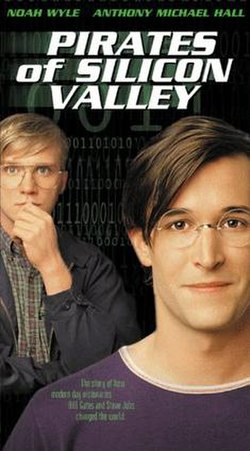www.sbprojects.com
www.applefritter.com
So I personally thanks them for their support, very precious for my research. So, let's move to the Apple-1 block diagram. Here we can understand what this computer is made of:
| Apple-1 blobk diagram by http://www.sbprojects.com |
What we have here is:
- CPU 6502, at the center of the diagram. This is the core of the Apple-1.
- ROM 256 bytes, at the left most border. In this memory there is the "Monitor" program written by Wozniak. This is a kind of minimal BIOS, needed to enter programs.
- RAM 4+4Kb, on the left. This is the portion of memory used by the user to store programs.
- IO PPI 6821, on the right. This is the programmable input output interface that is used to drive the "world outside" the CPU: the video terminal, the keyboard and the expansion slot.
- Terminal Circuitry, at the top right. This is the electronic circuit that generates the composite video signal and shows the characters on the screen like a terminal.
- Keyboard, on the right most border. The Apple-1 originally didn't come with a keyboard. The user was supposed to buy it separately. In those ages it was common to find the ASCII keyboards, that for each key stroke they send an ASCII code to the computer through a data bus.
- Address Decoder, at the bottom left. This is the hardware circuitry that selects the chips of the board according to the address set by the CPU. This routes the data from/to the CPU.
- Expansion Slot, on the right bottom. This is the expansion bus of the Apple-1, where users could plug custom hardware or specific interfaces like the cassette tape interface (ACI).
I will discuss next all the components and how they are implemented in my emulator.









.jpg/220px-Jobs_(film).jpg)
